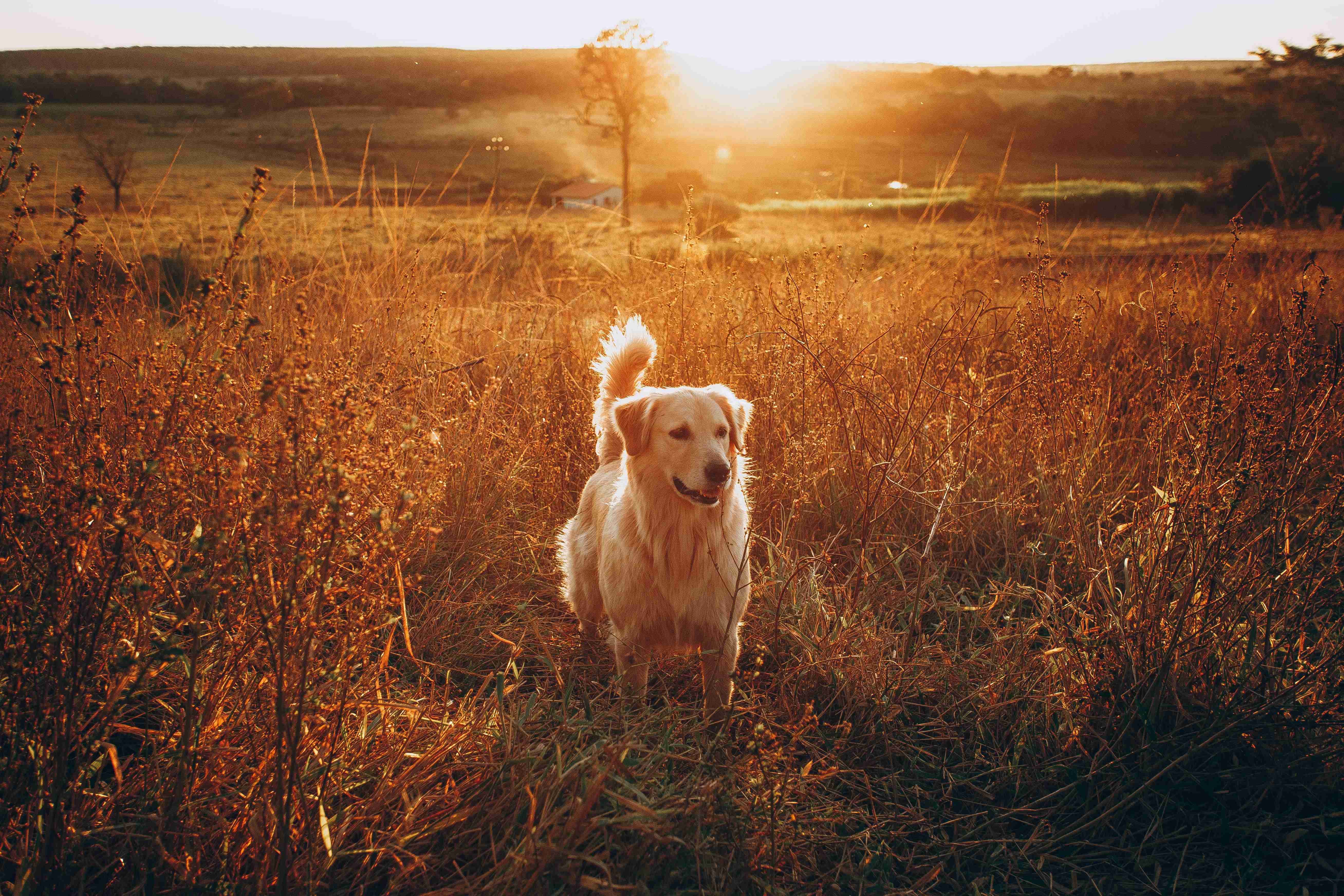Congratulations on bringing home your adorable Bernese Mountain puppy! These furry little bundles of joy are known for their sweet temperament, loyalty, and intelligence. However, as with any new puppy, training is essential to ensure they grow up to be well-behaved and obedient dogs. Training your Bernese Mountain puppy can be a fun and rewarding experience for both you and your furry friend, but where do you start? In this beginner’s guide, we’ll cover everything you need to know to get started with training your Bernese Mountain puppy, from basic obedience commands to potty training and socialization. So, grab some treats, strap on your patience hat, and let’s get started!
Bernese Mountain dogs are known for their adorable looks and friendly personalities. They are loyal companions and great family pets. However, like any other dog, Bernese Mountain puppies need proper training to become well-behaved and obedient. In this beginner’s guide, we will provide you with some tips and tricks to help you get started with training your adorable Bernese Mountain puppy.
1. Start with Basic Commands:
The first step in training your Bernese Mountain puppy is to teach them basic commands such as sit, stay, come, and heel. These commands will be the foundation of all future training, so it’s important to start with these basics. Use treats to encourage your puppy to follow your commands and repeat them consistently until your puppy responds to them reliably.
2. Socialize Your Puppy:
Socializing your Bernese Mountain puppy is critical to their development. Introduce them to different people, animals, and environments to help them become comfortable in new situations. Take them to the park, on walks, or to puppy classes to expose them to new experiences. This will help them become well-adjusted and confident adult dogs.
3. Consistency is Key:
 - Copy.png)
Consistency is crucial when training your Bernese Mountain puppy. Use the same commands every time and enforce the rules consistently. This will help your puppy understand what is expected of them and what behavior is acceptable. Inconsistency can confuse your puppy and make training more difficult.
4. Positive Reinforcement:
Positive reinforcement is an effective way to train your Bernese Mountain puppy. Use treats, verbal praise, and playtime to reward good behavior. This will encourage your puppy to repeat the behavior in the future. Avoid punishment or physical discipline, as this can damage your puppy’s trust and confidence in you.
5. Be Patient:
Training your Bernese Mountain puppy takes time and patience. Don’t expect your puppy to learn everything overnight. Be patient, stay consistent, and celebrate small victories along the way. With time and effort, your Bernese Mountain puppy will become a well-behaved and obedient companion.
Training your Bernese Mountain puppy can be a rewarding experience for both you and your furry friend. Remember to start with the basics, socialize your puppy, be consistent, use positive reinforcement, and be patient. With these tips and tricks, you’ll be on your way to a well-trained and obedient Bernese Mountain dog.
Training your Bernese Mountain puppy can be a fun and rewarding experience. With patience, consistency, and positive reinforcement, you can teach your puppy a variety of useful skills and behaviors that will make him a well-behaved and happy companion. Remember to start with the basics, such as house training and socialization, and gradually progress to more advanced commands and tricks. Don’t forget to praise and reward your puppy for his good behavior, and always be gentle and kind. With time and effort, you can build a strong bond with your Bernese Mountain puppy and enjoy many happy years together.


%20-%20Copy.png)
%20-%20Copy%20-%20Copy.png)
.png)


.jpg)
%20-%20Copy%20-%20Copy.jpg)